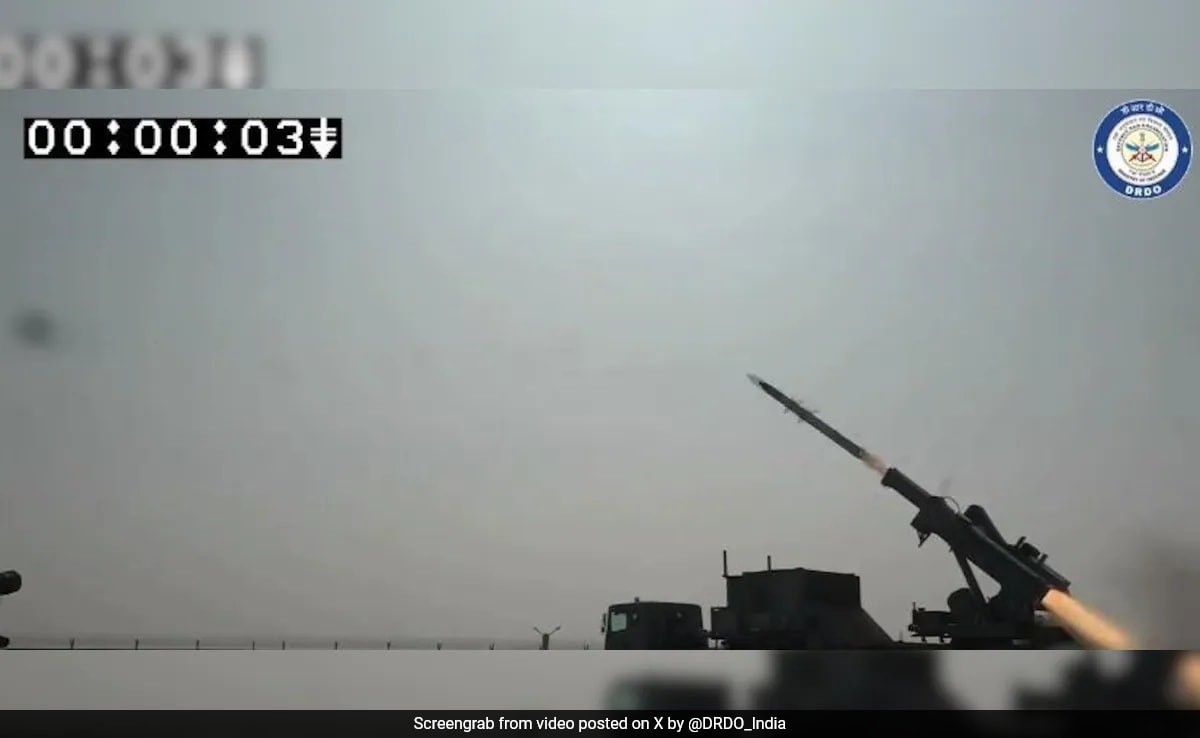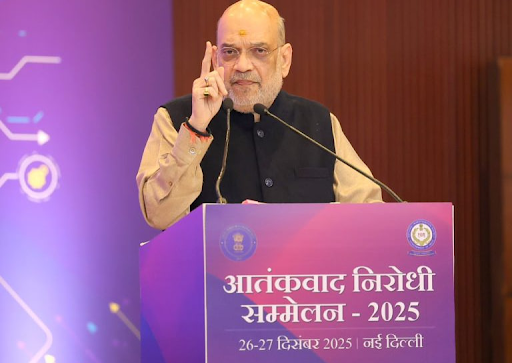Description

Disclaimer: Copyright infringement not intended.
Context
- India conducted a successful flight test of the new generation AKASH missile from the Integrated Test Range (ITR), Chandipur.
Details
- The Akash missile, developed by the Defense Research and Development Organisation (DRDO) and produced by Bharat Dynamics Limited (BDL), is a medium-range mobile surface-to-air missile (SAM) system.
- With capabilities to target a variety of aerial threats, it plays a crucial role in India's integrated air defense network.
- Surveillance Components: Developed by Bharat Electronics (BEL), Tata Power Strategic Engineering Division, and Larsen & Toubro.
Operational Capabilities
- Target Range: The Akash missile system can target aircraft up to 45 km away.
- Versatility: Capable of neutralizing fighter jets, cruise missiles, air-to-surface missiles, and ballistic missiles.
- Service: Currently in operational service with the Indian Army and the Indian Air Force.
System Components and Configuration
- Battery Composition: Each battery consists of a Rajendra 3D passive electronically scanned array radar and four launchers with three missiles each.
- Tracking and Engagement: Rajendra radar can track up to 64 targets and engage up to 12 simultaneously. The missile has a 60 kg high-explosive, pre-fragmented warhead.
- Mobility: Fully mobile, protecting a moving convoy of vehicles and deployable by rail, road, or air.
Deployment Configurations
- Autonomous and Group Modes: The Akash system can be deployed autonomously or in group mode to defend vulnerable areas based on threat profiles and engagement scenarios.
- Coverage Patterns: Various geometric formations, including box, linear array, and trapezoidal, offering defense coverage for different area sizes.

Missile Characteristics
- Range: Surface-to-air missile with a 25 km intercept range.
- Speed: Flies at supersonic speed, reaching around Mach 2.5.
- Altitude: Capable of reaching an altitude of 20 km.
- Platforms: Can be fired from both tracked and wheeled platforms.
Guidance and Propulsion
- Guidance System: Equipped with an onboard guidance system using command guidance throughout its flight.
- Propulsion: Integrated Ramjet Rocket Engine for sustained speeds without deceleration.
Radar Systems
- Fire Control Radar: Guided by the Rajendra phased array radar with a tracking range of about 60 km.
- Long-Range Target Acquisition: 3D Central Acquisition Radar (3D CAR) provides long-range surveillance, tracking up to 200 targets.
Variants and Upgrades
- Akash-1S: Upgraded version with an indigenous seeker, offering improved accuracy.
- Akash Prime: Features an improved active radio-frequency seeker and optimized for low temperature and high altitude operations.
- Akash-NG: New generation variant with improved reaction time and a higher level of protection against saturation attacks.
Export and International Interest
- Export Success: Exported to countries like Vietnam, and interest from the Philippines, Belarus, Malaysia, Thailand, UAE, and Armenia.
- Export Approval: Cabinet Committee on Security approved the export of Akash missile defense system to foreign countries.
Operational History
- Deployment: Used in Indian Air Force bases and along the Line of Actual Control in Ladakh.
- User Trials: Successfully completed user trials, demonstrating efficiency against various targets.
- Future Inductions: Indian Army scheduled to receive two Akash Prime regiments.

Conclusion
The successful flight test of the new generation Akash missile demonstrates its capabilities in intercepting high-speed aerial threats at very low altitudes. The validation of the complete weapon system marks a significant milestone, and the upcoming user trials will further assess its operational readiness and effectiveness. The development showcases India's continued progress in enhancing its indigenous defense capabilities.
|
PRACTICE QUESTION
Q. Discuss the significance and achievements of India's missile program, with a focus on the indigenous development and capabilities of the Akash missile system. (250 Words)
|










